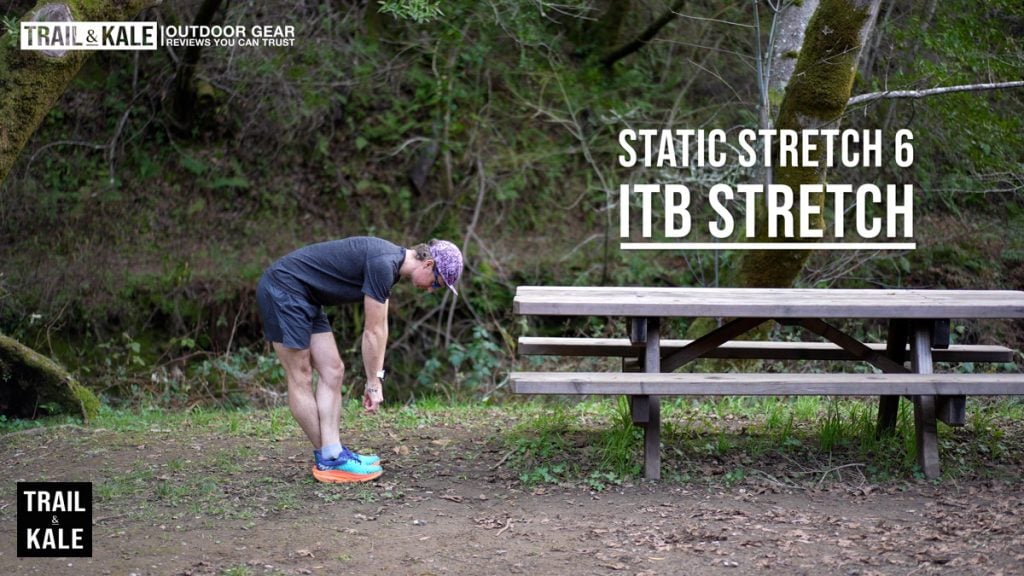Today we’re talking about tempo runs – a workout that every runner should know about! Tempo runs are a great way to improve your running speed and endurance, and they can be adapted to suit runners of all levels.
In this post, I explain what tempo running is, its benefits, and how you can incorporate it into your training program – whether or not that’s with the assistance of some specific tempo running shoes.
Whether you’re just getting started with running or have already begun chasing your first goal with our Couch to 5k program or are a seasoned runner doing half or full marathon training, or even working towards your first ultramarathon, adding tempo runs to your training can help you achieve your running goals and take your performance to the next level.
Trust us, we’ve done this journey ourselves, so know the power of having a smart training plan in place if you want to reach the finish line of your next race like a hero! 🙂

So let’s explore the benefits of tempo running and how you can incorporate it into your training routine.
What is a tempo run?
Tempo runs are a type of workout that are designed to help distance runners improve their speed and endurance.
Improving your running speed and endurance is important for 5k and 10k runners who want to maintain a faster pace throughout the race, as well as for half-marathon and marathon runners who want to maintain a steady half or full-marathon pace for endurance running over longer distances.
Tempo running involves running at a steady pace that is faster than your usual training pace, but not so fast that you can’t sustain it for an extended period of time.
This is often referred to by running coaches and runners as ‘tempo run pace’, or running at your threshold pace. You can also think of it as running around your 5k race pace, which is typically a pace most runners can sustain for up to 30 minutes or so at a time.
For tempo runs of a longer duration (say 45 minutes or more), you may run a little slower than your 5k race pace – for example, closer to your 10k race pace.
The goal of a tempo run is to push yourself just outside of your comfort zone, so that you’re putting in a good amount of effort, but still able to maintain a steady pace.
By incorporating running at a threshold pace into your training, you’ll improve your VO2 max (the maximum amount of oxygen you can utilize during intense exercise) lactate threshold, which is the point at which your muscles start to produce lactic acid faster than your body can remove it.
By improving your lactate threshold, you’ll be able to run faster for longer periods of time without getting fatigued, which means you should be able to increase your race pace and therefore achieve faster race times, whether your chosen distance is a half marathon, full marathon or shorter distances such as a 5k or 10k race.
So, how do you do a tempo run?

First, start with a warm-up of at least 10 minutes of easy running. This will help get your muscles warmed up and ready for the harder work to come.
As with every run, it also helps to include some dynamic stretching into your warm-up. Visit our guide to the best stretches to do before running to see our recommendations.
Once you’re warmed up, begin your tempo run by running at a steady, comfortably hard pace for a set amount of time or distance.
How long should a tempo run be?
The duration of a tempo run can vary depending on your fitness level and goals, but a good starting point is to aim for 20-30 minutes of continuous running at tempo pace.
How many miles you cover in your tempo run will depend on your running pace and the planned duration of your tempo run.
What should a tempo run feel like?
During your tempo run, focus on maintaining a steady pace and breathing rhythm.
You should be able to talk, but only in short phrases.
If you can carry on a full conversation, you’re not running hard enough. If you’re gasping for air, you’re running too hard.
A great way to monitor the intensity of your tempo runs to ensure you’re running at the right effort level (that is, hard, but not TOO hard) for you, is to use heart rate zone training, which you can learn more about in our heart rate training guide.
For tips on how to make breathing as you run more efficient and easier, read our post on how to breathe while running.
Cooling down after tempo workouts
After you’ve completed your tempo run, make sure to cool down with at least 10 minutes of easy running and some static stretching.

This will help your muscles recover and reduce your risk of injury, which is particularly important when you’ve been pushing your body at a faster-than-usual tempo pace during your workout.
What are the benefits of tempo running?
Although many runners (myself included) find their tempo run workouts one of the most challenging runs of the week, this type of run training can have a significant positive impact on your running performance.
Here are the 5 main benefits of incorporating running at tempo pace into your training:
1. Improved Lactate Threshold
Tempo running increases your lactate threshold, which means your body is better able to clear lactic acid from your muscles, allowing you to run faster for longer periods of time, and helping you improve your running times and race pace when it comes to race day!
2. Speed and Endurance
Tempo running at a faster pace than your usual training pace helps improve your speed and endurance, making you a faster and more efficient runner.
It also means that your ‘easy’ running pace should start to be faster than it was before.
Therefore you’ll be able to run further in a shorter period of time while doing your long training runs and easy recovery runs than you used to before you started doing tempo run workouts.
3. Mental Toughness
Tempo running requires mental toughness, as you must push yourself to maintain your faster tempo pace for an extended period of time.
This mental training can carry over to other areas of your life, making you more resilient and confident.
4. Variety in Training
Adding tempo runs to your training program adds variety and can help prevent boredom and burnout that some distance runners can experience from doing the same workouts at the same pace, repeatedly.
5. Weight Loss
Running at a faster pace burns more calories than running at an easy pace, which can help with weight loss or weight maintenance.
How to incorporate tempo runs into your run training plan
Tempo runs can be done once a week as part of your training program and can be incorporated into a variety of running workouts.
For example, you can do a tempo run as part of a longer run, or combine it with interval training such as fartlek training or hill repeats for a more challenging workout.
Two tempo workouts to add to your weekly training plan
Here are two examples of tempo running workouts that you can add to your weekly training plan:
Tempo Workout #1: Continuous Tempo Run
This is the most common type of tempo run and what many experienced runners may think of when you mention ‘tempo run’ to them.
- After warming up, run at a comfortably hard tempo pace for 20-30 minutes, maintaining a steady pace throughout.
- Make sure you focus on your breathing and form during the workout.
- After completing your tempo run, cool down with 10-15 minutes of easy running and some stretching.
Visit our guide to the best running stretches for a list of the best static stretches to do as part of your post-run cool down, to help maintain flexibility and promote speedy recovery.
Tempo Workout #2: Tempo Intervals
This type of tempo workout involves alternating between periods of tempo pace and recovery periods.
- After warming up, run at a comfortably hard pace for 2-3 minutes, followed by a 1-minute recovery jog.
- Repeat this pattern for 6-8 intervals.
- Afterwards, cool down with 10-15 minutes of easy running and some stretching.
When incorporating tempo runs into your weekly training plan, aim for one to two tempo workouts per week, depending on your fitness level and goals.
It’s important to gradually increase the duration and intensity of your tempo runs over time to continue to see improvements in your running performance.
When I’m creating weekly runners’ training plans, I incorporate the tempo run (or runs with a tempo running session as part of them) into the program mid-week, with either an easy run, rest or cross-training day either side, to allow your body to recover from the exertion of running at a faster-than-usual pace.
Remember to listen to your body and adjust the pace or duration of your tempo runs as needed, and don’t forget to warm up before and cool down after your workouts to reduce the risk of injury.
Overall, tempo runs are a great way to improve your running speed and endurance, and can help you reach your goals whether that’s completing a race, achieving a PR, or simply improving your overall fitness. So give it a try, and see how much you can improve!






